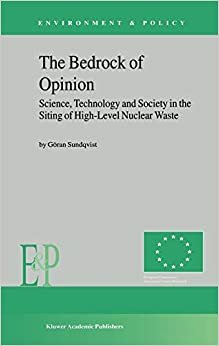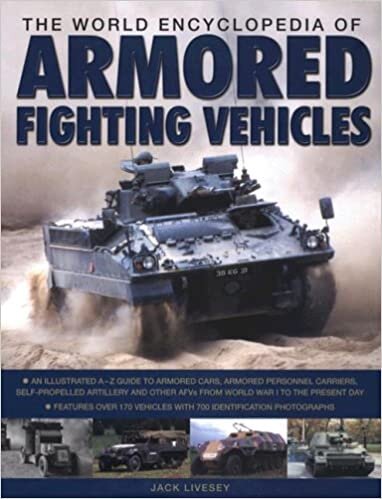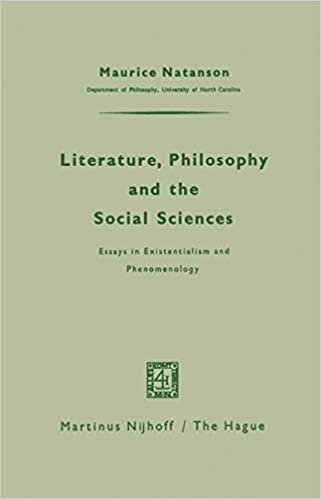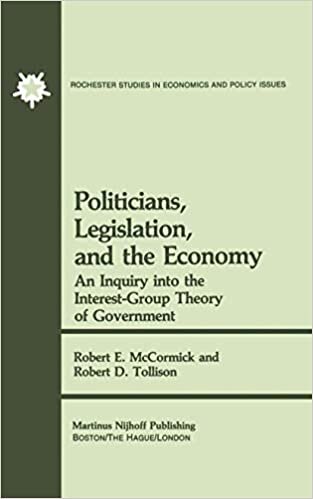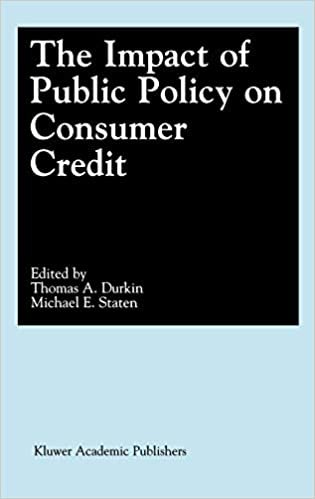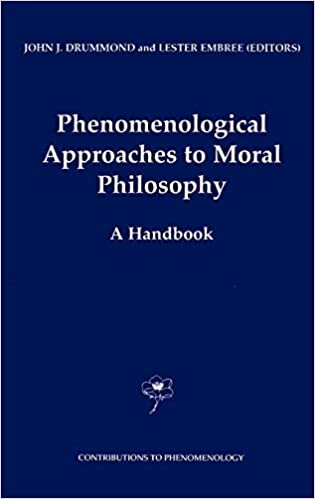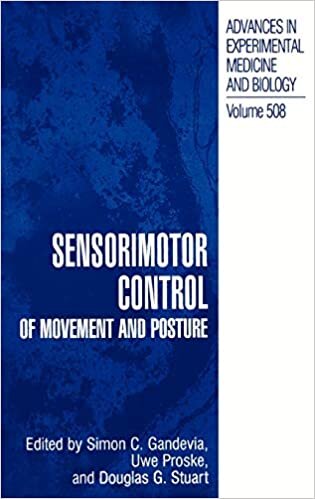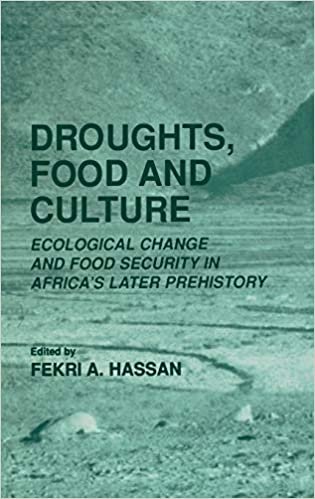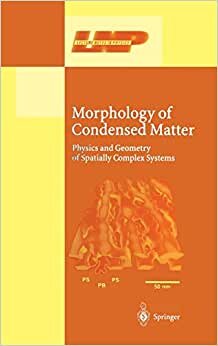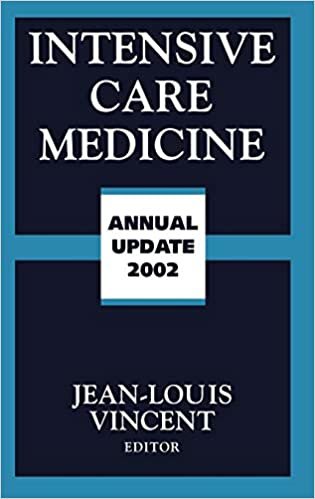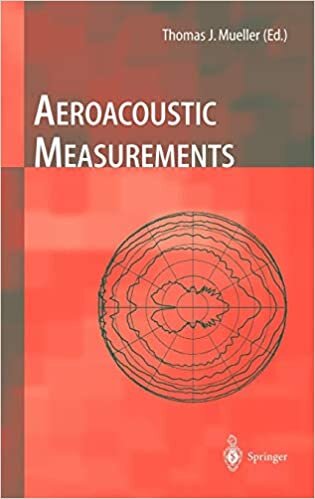The Bedrock of Opinion: Science, Technology and Society in the Siting of High-Level Nuclear Waste (Environment & Policy) indir kitap bedava
itibaren Göran Sundqvist
The Bedrock of Opinion: Science, Technology and Society in the Siting of High-Level Nuclear Waste (Environment & Policy)
When did man discover nuclear waste? To answer this question, we first have to ask if nuclear waste really is something that could be called a scientific discovery, such as might deserve a Nobel Prize in physics. In early writings within nuclear energy research radioactive waste appears to be a neglected issue, a story never told. Nuclear waste first seems to appear when a public debate arose about public health risks of nuclear power in the late 1960s and early 70s. In nuclear physics, consensus was established at an early stage about the understanding of the splitting of uranium nuclei. The fission products were identified and their chains of disintegration and radioactivity soon were well established facts among the involved scientists, as was an awareness of the risks, for example the strong radioactivity of strontium and iodine, and the poisonous effects of plutonium. However, the by-products were never, either in part or in total, called or perceived as waste, just as fission by-products. How and where to dispose of the by-products were questions that were never asked by the pioneers of nuclear physics.
The Bedrock of Opinion: Science, Technology and Society in the Siting of High-Level Nuclear Waste (Environment & Policy):28 Şubat 2002
Popüler yazarlar
Kolektif (2804) Routledge; 1 basım (126) Karl Marx (76) Routledge (72) Academie de Droit International de la Haye (58) Springer (56) National Learning Corporation (51) Friedrich Wilhelm Nietzsche (47) Mustafa Kemal Atatürk (45) Intl Business Pubn (43) Cambridge University Press (40) Platon (38) Friedrich Engels (37) Noam Chomsky (37) OECD Organisation for Economic Co-operation and Development (36) United Nations Publications (31) Vladimir İlyiç Lenin (31) DK Publishing (30) HKİTAP (30) Various (30)En İyi Yayıncılar
Routledge; 1 basım CAMBRIDGE UNIVERSITY PRESS Routledge Forgotten Books Nobel Akademik Yayıncılık; 1. baskı Praeger Independently Published Peter Lang GmbH, Internationaler Verlag der Wissenschaften Greenwood Press Gazi Kitabevi; 1. baskı University Press of America Springer COLUMBIA UNIVERSITY PRESS OUP Oxford Princeton University Press İletişim Yayınları Nobel Akademik Yayıncılık; Facsimile. baskı PRENTICE HALL Oxford University Press McGraw-Hill Contemporary